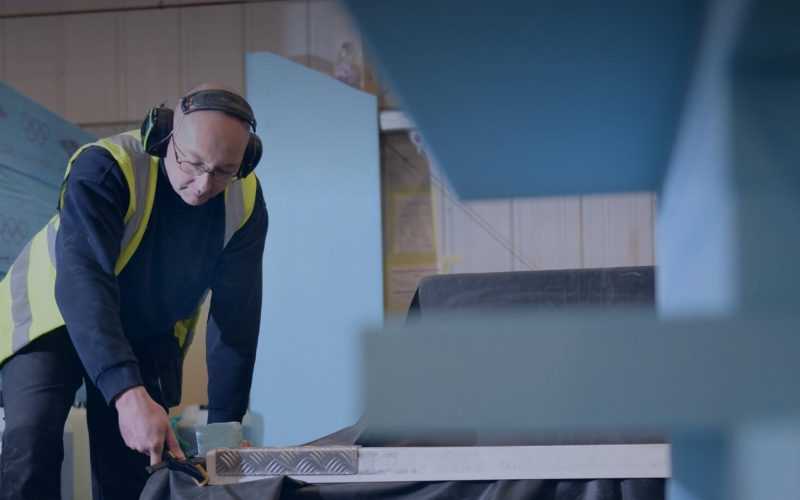This week, we’re continuing our buyer’s guide series. Regular followers of our blog may have already read our most recent entry, which discussed the major considerations you’ll need to bear in mind when buying a refrigerated van.
That was an overview, so now we’re going into more detail about each of the various points. This week, we’re looking at temperature, cargo and any additional features, and how these factors may affect your purchasing decisions. So then, without further ado…
Question 1. and 2. what temperature do you need? and what will your van be carrying?

Obviously, knowing the temperature you require – or the range of them – is the very first question you’ll be asking when you come to buy a refrigerated van. In the overview last week, we set these out as separate questions, but we’ve merged them here as they’re so very closely linked. Naturally, you’ll want to match the vehicle’s temperature to the needs of the cargo you’ll be transporting. Generally, the temperature range of a fridge van is between 0oC to +8oC, while a freezer van is more or less consistently at around -18oC. At CoolKit, we stock several vehicles with exceptionally powerful refrigerators, but we make sure that the units in every one of our freezer or chiller vans all reach our high standards of efficiency and reliability.
Depending on your industry and the needs of your business, it might be the case that you require more than one vehicle for several different loads. We can certainly accommodate this here at CoolKit, but we’re also capable of carrying out conversions that allow a single van to have a dual chilled and freezer compartment, saving you significant money on costs and helping you to be more economical and efficient in both the short and long term. All you have to do is ask!
To answer a question we hear from time to time – we don’t usually recommend certain makes or models of van for specific market sectors. They’re all equally capable of getting the job done! This works well in your favour, as it gives you a lot more immediate choice in selecting the van that suits you. If it falls short in any areas or you need it to perform a few extra tasks here and there, we can carry out a conversion to tailor it even further to your specifications, so we’re able to match your requirements to the letter.
Speaking of which…
Question 3. do you have any bespoke requirements?
At CoolKit we pride ourselves on being able to cater to a broad array of sectors and industries, and a big part of the way we do this is through the extensive customisation options we offer for our range of refrigerated vehicles.
This includes (but is not limited to):
- ‘Wet Load’ or ‘Slip Resistant’ floors

By keeping the floor of the van free of excess moisture and other hazards, we can prioritise both operator safety and load stability.
- Standby Capability

In short, this feature allows you to plug your van into a mains electricity supply, letting you refrigerate your goods for an extended period of time even when the engine’s off – or even overnight. It also lets you bring your van’s interior down to the right temperature before loading it up, which is something many of our customers find useful.
- Extra Shelving Or Racking

A simple but universally helpful addition, this improves your van’s load carrying capacity. We offer a number of solutions in this regard – you can browse our site for full details.
- Strip Curtains

Another of the more frequently-utilised options we offer, strip curtains (or CurtAir) can help you maintain the van’s interior temperature when loading or unloading, but some of our customers find it more useful than others. This is a wide-ranging issue, so we’ll go into it in even more detail in a later article.
Generally, if you require additional features for a bespoke model of van, it’s best to choose one of the newer models. If it’s only a couple of changes, one of our used vans may well be able to fit your specifications, but it’s easier and more straightforward for us to carry out the conversion from scratch on a newer van. It does mean it would take an extra couple of weeks compared to a standard model, and the more complex your requirements, the more time we’ll need. But trust us when we say – it’s always worth the wait!
That’s it for this post – stay tuned for our future buyer’s guide blogs, where we’ll continue exploring the finer details of your key considerations when purchasing a refrigerated van.

